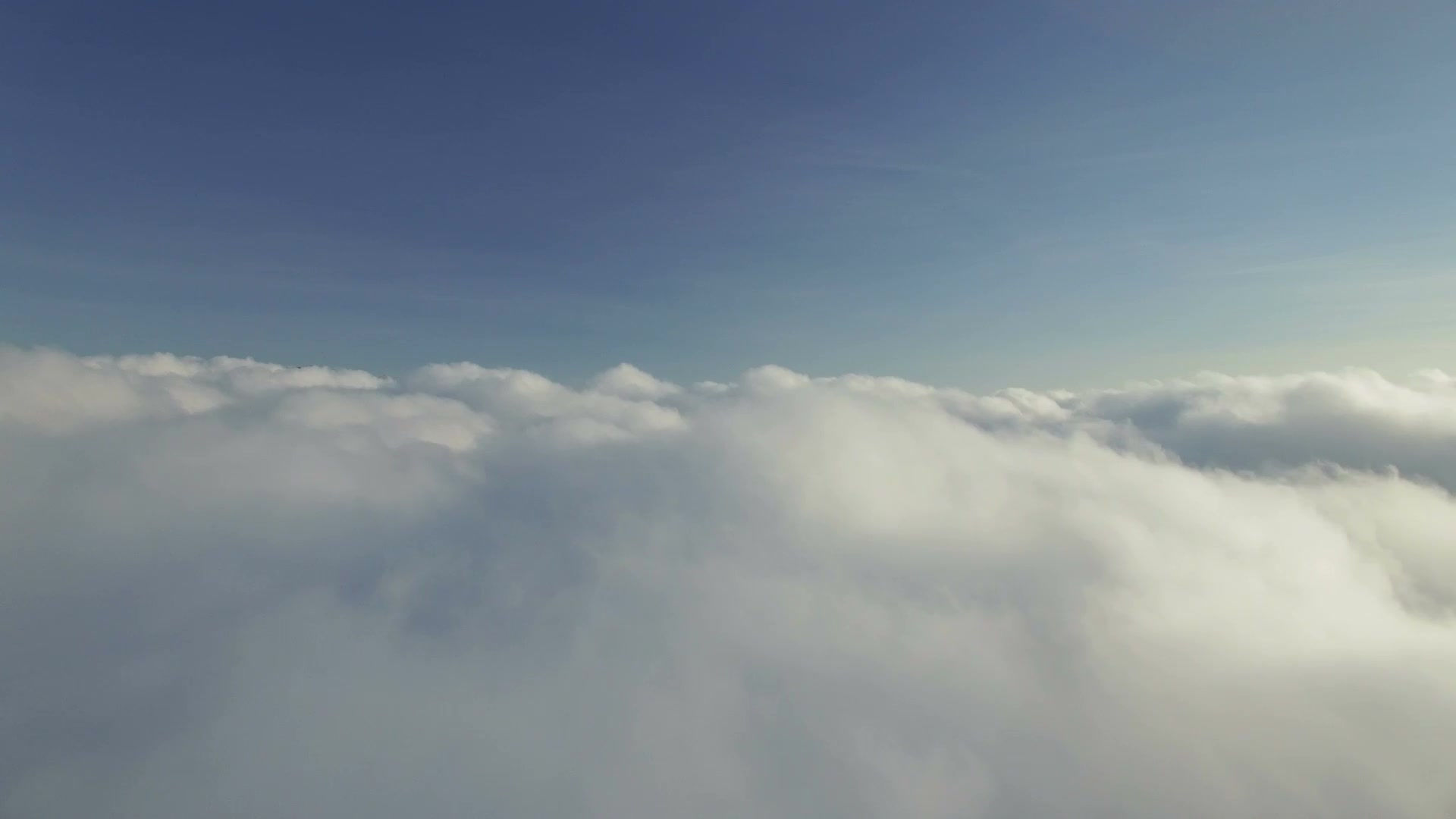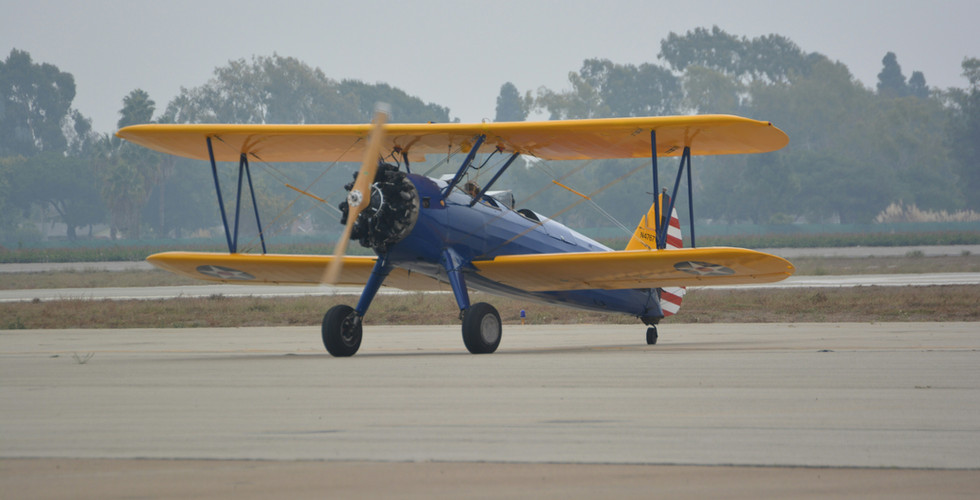From 12 Seconds to Skybound Communities: Honoring National Aviation Day ✈️
- Julia Mowry

- Aug 19
- 2 min read
Every year on August 19th, the United States celebrates National Aviation Day. The holiday was established in 1939 by President Franklin D. Roosevelt, chosen to coincide with the birthday of Orville Wright, one of the two brothers who made the dream of powered flight a reality.
On December 17, 1903, at Kitty Hawk, North Carolina, the Wright brothers successfully flew the Wright Flyer for the first time. Orville piloted the craft for 12 seconds, traveling 120 feet — a modest distance by today’s standards, but a milestone that marked the beginning of modern aviation.

The Evolution of Aviation
In the 120 years since that first flight, aviation has advanced at a breathtaking pace:
1920s–1930s: The Golden Age of Aviation - Charles Lindbergh’s 1927 solo transatlantic flight in The Spirit of St. Louis captured global attention, while aircraft like the Douglas DC-3 (introduced in 1935) made passenger air travel safer and more reliable.
1940s: World War II Innovations - Aircraft design accelerated during the war. Fighters like the P-51 Mustang and bombers such as the B-17 Flying Fortress pushed aviation to new levels of performance, speed, and range.
1950s–1970s: The Jet Age - The first commercial jetliner, the Boeing 707, entered service in 1958, shrinking the world by connecting cities across continents. In 1976, the Concorde introduced supersonic passenger travel, flying from New York to London in about 3.5 hours.
1980s–Today: General Aviation and Lifestyle - While commercial aviation expanded, general aviation flourished. Aircraft like the Cessna 172 (introduced in 1956 and still in production) and the more modern Cirrus SR22 brought flying within reach for recreational and business pilots. At the same time, private jets became symbols of flexibility and efficiency for executives and adventurers alike.
Aviation as a Lifestyle
Today, aviation is more than transportation — it’s a way of life. Across the country, airpark communities have emerged, designed for pilots who want aviation to be part of daily living. These neighborhoods feature private homes with attached hangars, community taxiways, and direct access to runways.
It’s a concept the Wright brothers might never have dreamed of: waking up in your home, pulling your aircraft from your hangar, and taking off for a flight — all without leaving your neighborhood.
Why National Aviation Day Matters
National Aviation Day honors the past but also reminds us of aviation’s profound influence on the present. In just over a century, we’ve advanced from a fragile 12-second flight to a world where aviation shapes global trade, defense, exploration, and even residential lifestyles.
It’s a celebration of innovation, perseverance, and the spirit of adventure that still fuels aviation today.




























